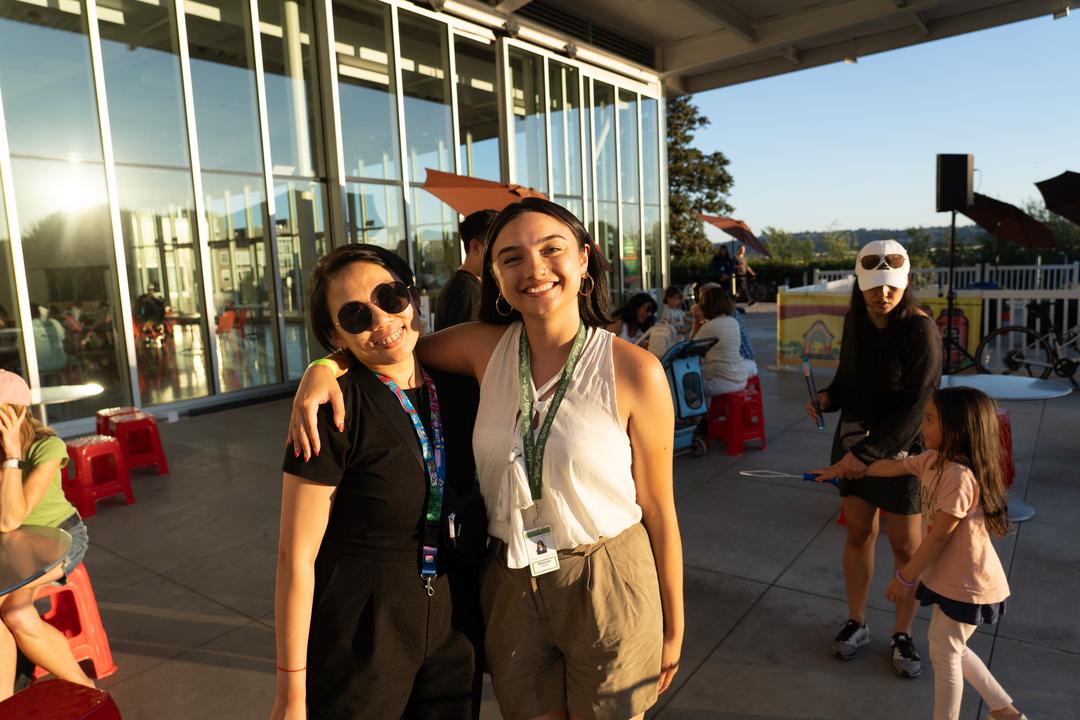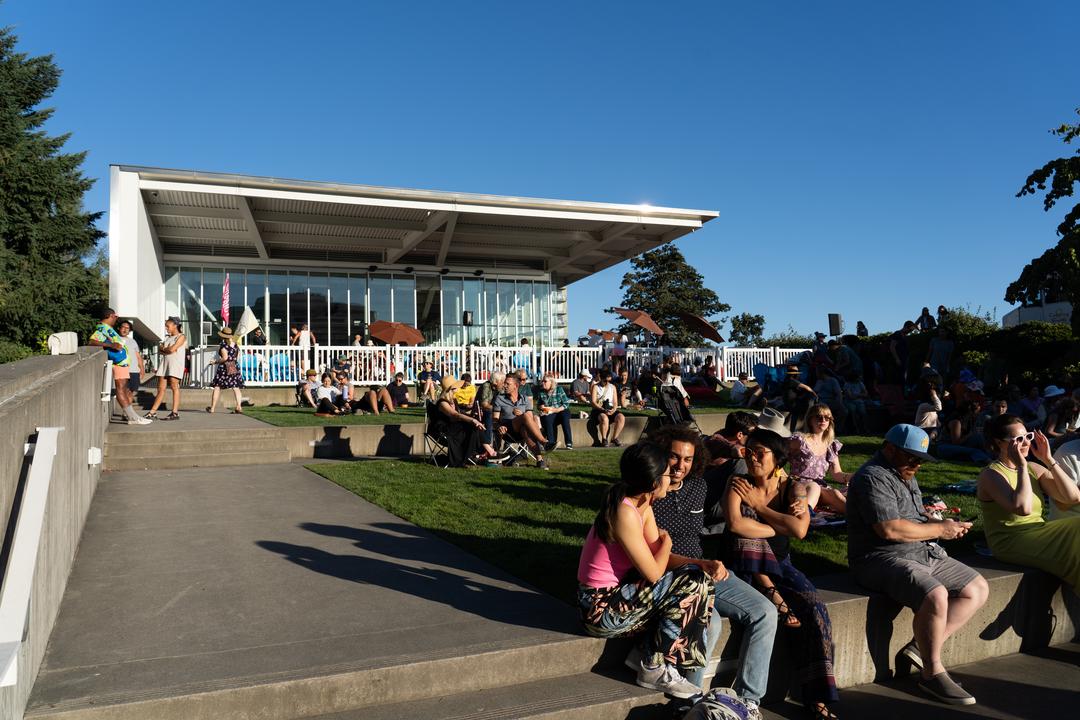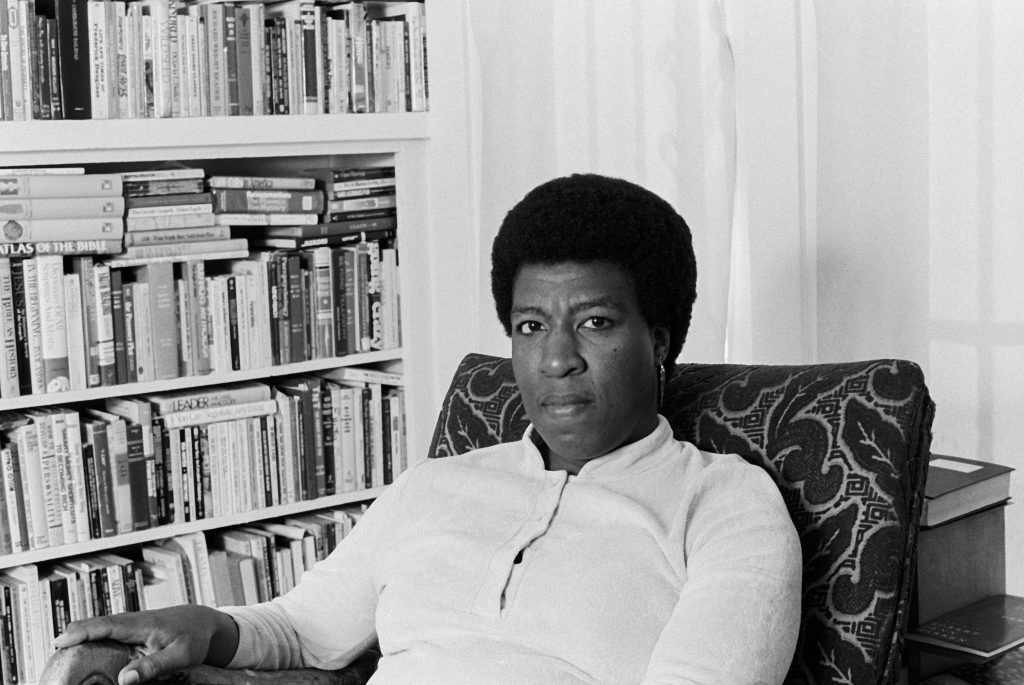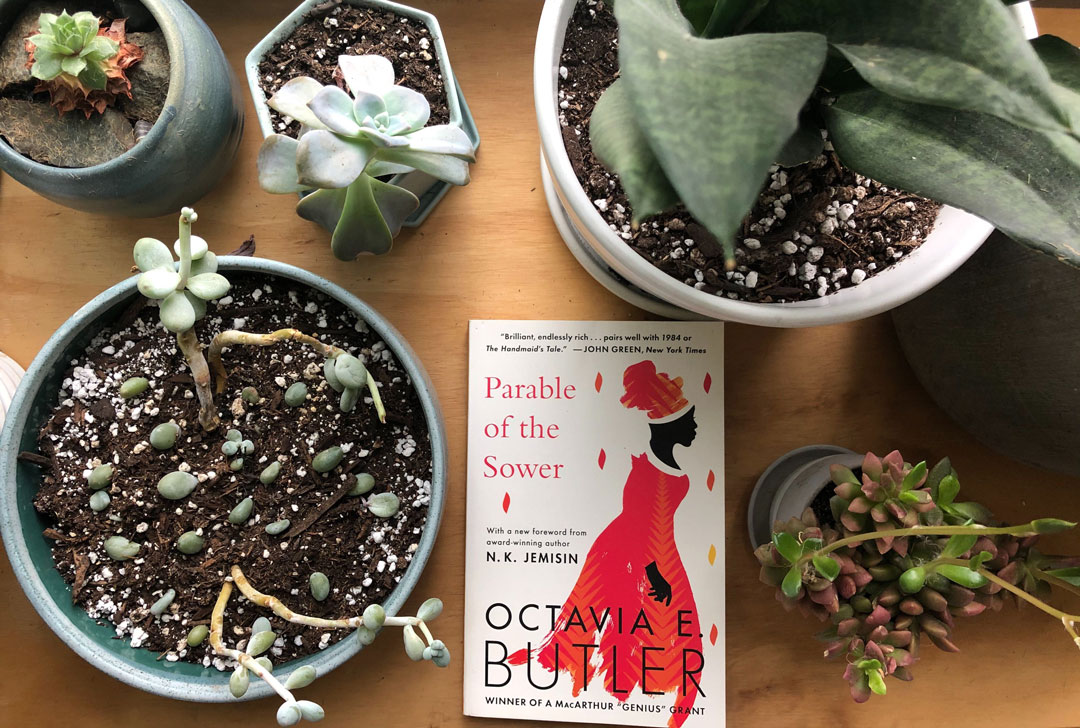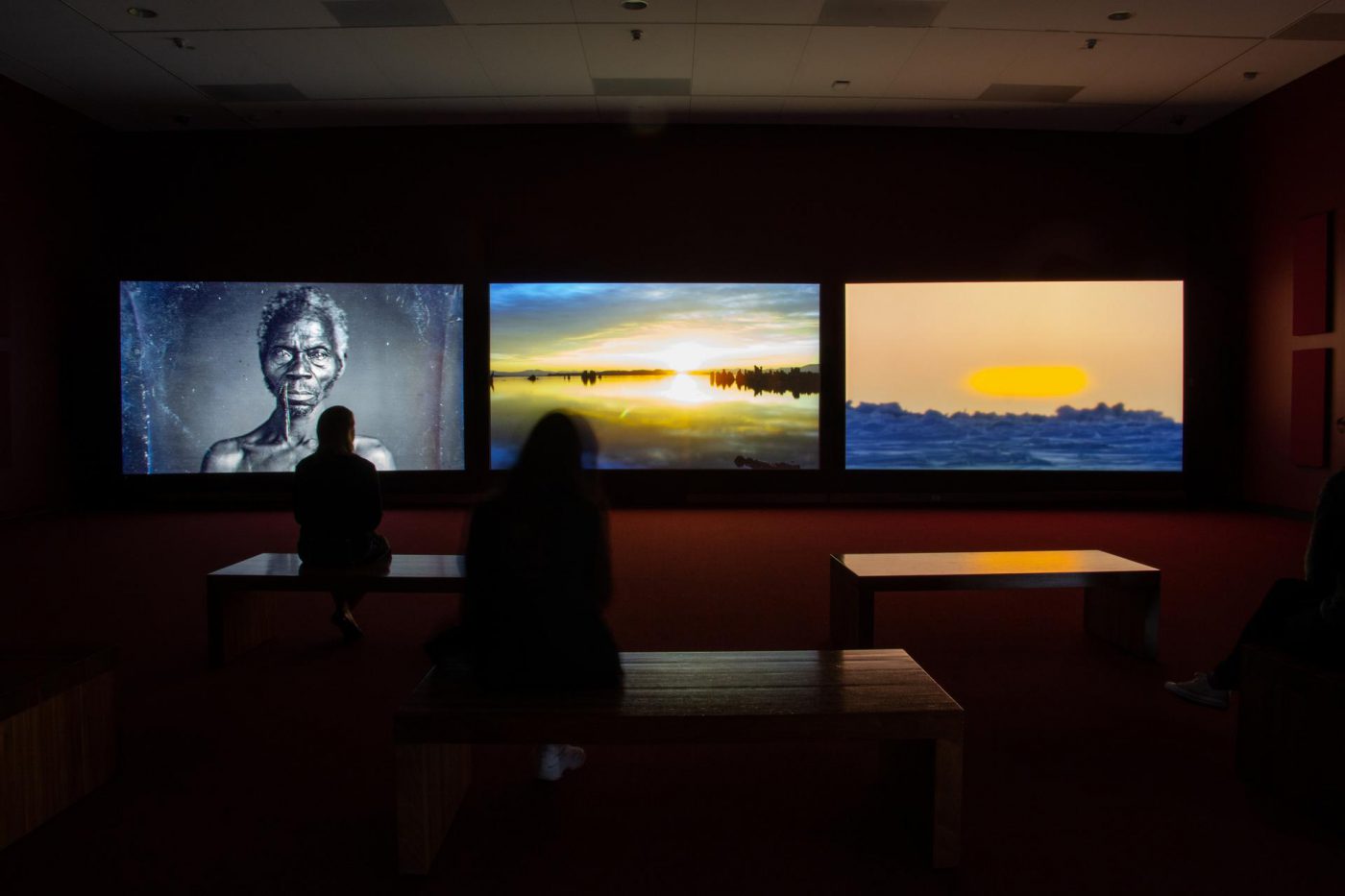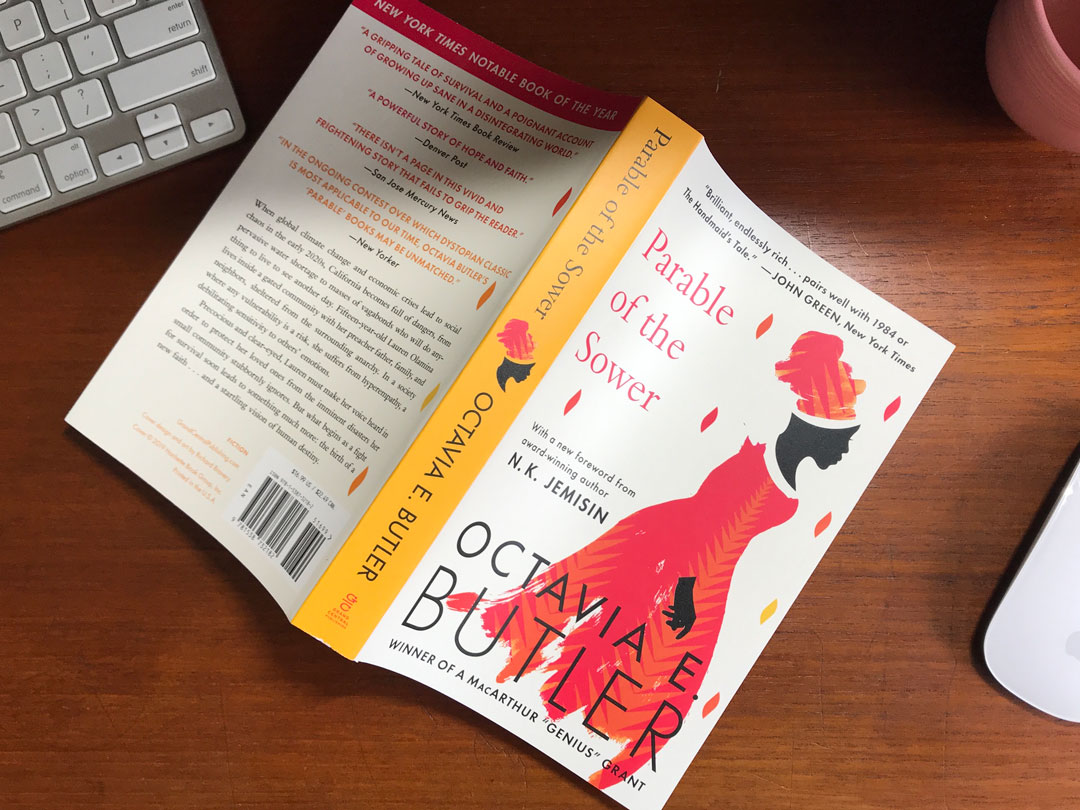Muse/News: Park Life, All’s Fair, and Benin Returns
SAM News
Heaven Quiban, SAM’s Manager of Public Engagement, recently appeared on KING 5’s New Day NW to talk about Summer at SAM at the Olympic Sculpture Park. Watch the segment to hear about this free programming series and enjoy a performance by musician Alie Renee, who plays at the sculpture park with her band, BYLAND, on August 1.
“Why you should see Seattle Art Museum’s exuberant new show”: Gayle Clemans for The Seattle Times on Poke in the Eye: Art of the West Coast Counterculture, now on view at the Seattle Art Museum.
“It’s a show that asks us to look again at SAM’s permanent collection and the nature of art itself, with our sense of humor engaged and our eyes wide open.”
“It looks like neon guts!” That’s 7-year-old art critic Cora on the exhibition for a sparkling “mother-daughter” review from Elizabeth Hunter for Seattle’s Child. In addition to more gems from her kids and their friend, Hunter shared insights from Carrie Dedon, SAM Associate Curator of Modern and Contemporary Art, and Ramzy Lakos, SAM Digital Interpretation Specialist, on how the art and in-gallery experiences will appeal to young visitors.
Local News
Seattle author Octavia Butler’s 1993 post-apocalyptic novel Parable of the Sower opens on July 20, 2024. The Stranger’s Charles Mudede thinks you should read it.
The Seattle Times recently published a package called Affordability for Artists, with several features on how the city’s cost of living impacts local artists, including this illustrated guide of 15 ways to support Seattle-area arts and artists.
For The Seattle Times, Gayle Clemans has tips and highlights for navigating the Seattle Art Fair, which takes place this weekend—swing by our booth to see art from SAM Gallery and swag from SAM!
“As usual, SAF will be a gathering place for the city’s creative community as it intersects with visitors from across the world.”
Inter/National News
Via Artnet: “Fiction About the Art World Is Trending. Here Are 8 New Novels to Read This Summer.”
Sopan Deb of The New York Times on how “Keeping the Lights on at the Met Museum Is an Art in Itself.”
Gareth Harris for The Art Newspaper reports on how the Stanley Museum of Art in Iowa has become the first US museum to return looted bronzes to the Oba of Benin.
“Asked if the Stanley Museum of Art is confident that the works returned will be publicly accessible, Lauren Lessing, the director of the Stanley Museum of Art, says: ‘It is not my job to tell people what to do with their own possessions. The two works of art restituted were stolen from the Oba of Benin in 1897, and they belong to him.’”
And Finally
“I Think About Bill Paxton’s Fiancée in Twister a Lot.”
– Rachel Eggers, SAM Associate Director of Public Relations
Photo: Chloe Collyer.
